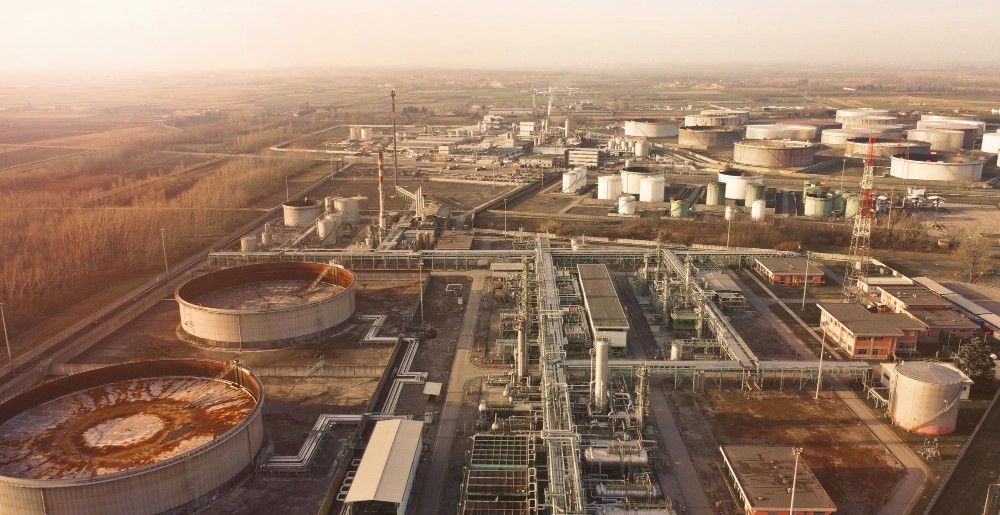The pricing of industrial chemicals has never been easy. It is a part of the chemical business that is clouded in secrecy, with the value of any chemical product varying from time and place, and from customer to customer.
This has never been more true than during the chemical sector’s current, turbulent times of supply chain logjams, volatile energy prices, global competition, and geopolitical threats. During this unstable period, a number of chemical companies have taken considerable hits to their profit margins as their prices (drawn up only weeks or days before) no longer give an accurate valuation under ever-changing circumstances.
“It’s not unusual for raw material or transport costs to change 20% to 30% within days, significantly reducing profit margins,” said Dr Bernd Elser, a global chemicals lead at the industry consultancy Accenture.

To rectify this situation, many chemical industry analysts are recommending a switch to value-based pricing led by the latest AI-assisted pricing models.
“By creating analytics models that incorporate near real-time data, manufacturers can better calculate actual product costs and value to each customer,” explains Sergey Nozhenko, a product expert at SAP. “With these business insights, organizations can rapidly modify pricing strategies for greater profitability.”
When AI technologies are used for pricing solutions, they can provide useful information that can be used to adjust prices, either up or down, in reaction to shifting customer needs or market shocks such as raw material price spikes, embargoes, or other unforeseen disruptions. Previous consumer purchasing habits are also taken into account, as well as predictions on future market conditions.
“Traditional AI-based tools can help identify which customers are likelier to walk away if the price is too high, or others that are less price sensitive,” notes Elser. “Generative AI-based technologies can bring in the latest customer news such as record quarterly profits or impending layoffs plus macro industry and economic trends. In the field, these tools can provide sales teams with the rationale behind pricing decisions, fostering fact-based mutually beneficial negotiations with customers.”

While the use of AI to assess chemical product valuations is a relatively new trend, early adopters have already reaped gains.
“After adopting value-based pricing, a global specialty chemical products leader increased prices by 4% compared to the company’s historical cost-plus pricing models,” reports a recent article in Forbes magazine. “Another worldwide chemical company achieved 1.8% higher margins after bringing advanced forecasting capabilities into daily price decision tools.”
“Companies that use price-setting and governance tools gain real-time data visibility, helping them on average increase profit margins by two to 10 percent within nine to 15 months and providing payback,” adds Elser.

This leaves the challenge of how to gain reliable and constantly up-to-date information, especially with fluctuations in markets and the changing demands of individual buyers.
“Companies need to continuously capture, analyze, and allocate relevant product pricing and performance data that impacts profit margins so they can adjust pricing faster,” Nozhenko said. Adding that, “Evolving to value-based pricing reflects a business methodology shift to transparent, harmonized, and simplified models.”
AI pricing tools can be especially useful for chemical products that are new to the market and have yet to establish a value. Value-based pricing analysis can also consider the best approach to get sales moving while also evaluating a chemical’s worth to the consumer.
“During the launch phase of a product innovation, the company could adjust pricing to spark initial market uptake momentum among targeted customers,” explains Elser.
Furthermore, value-based pricing encourages salespeople to surpass profit targets rather than merely achieve volume goals, as the added data which AI provides makes them more aware of the overall market situation.

In a market where overheads are unstable, supply chains can be disrupted, and competition is fierce, closing deals at any cost to profit margins is no longer viable.
Value-based pricing assists process-oriented businesses in bridging the gap between current sales pressures and future profit margin expansion. Consequently, many industry leaders are using dynamic pricing, which is determined by the true cost and value of a product at any given point in time.
As Nozhenko concludes, “Dynamic value-based product pricing helps the chemical and mill products industries more effectively adapt to fast-changing market conditions while increasing profit margins.”
So, it seems that as AI steps in, set catalogue price lists will be consigned to the dustbin.
Photo credit: Wirestock on Freepik, Andreas, Rawpixel, Vecstock, & Freepik